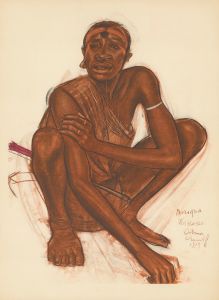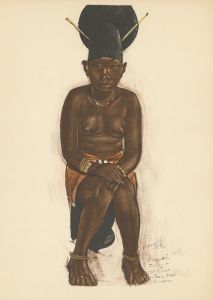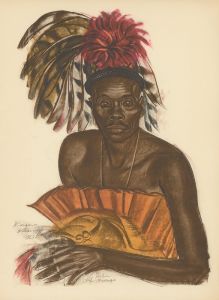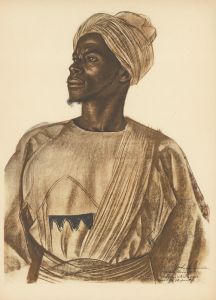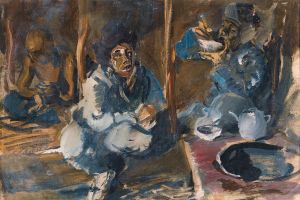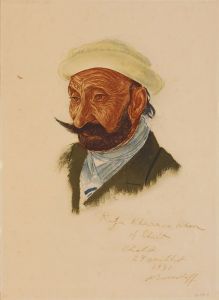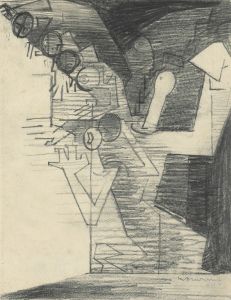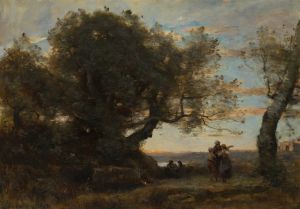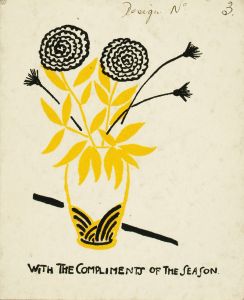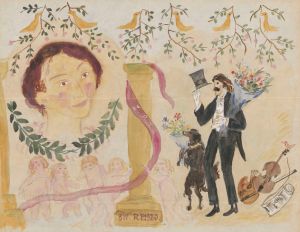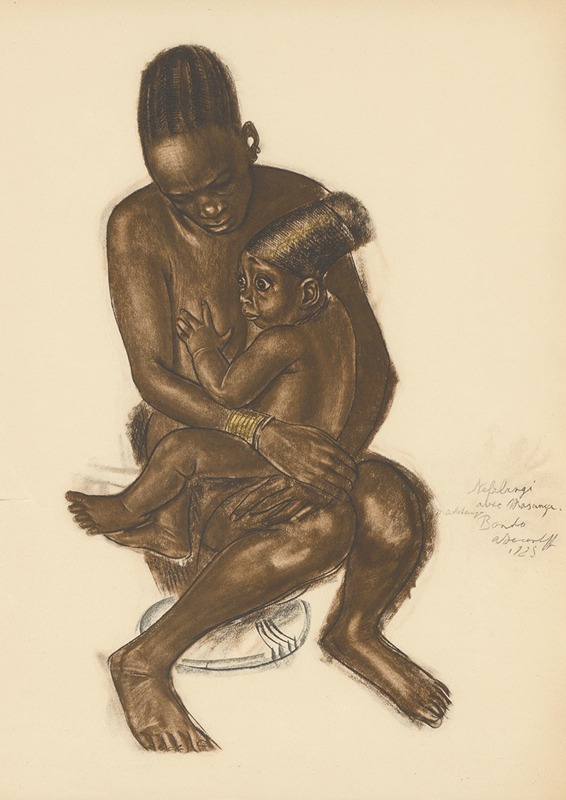
Dessins et peintures d’Afrique pl 35
A hand-painted replica of Alexandre Jacovleff’s masterpiece Dessins et peintures d’Afrique pl 35, meticulously crafted by professional artists to capture the true essence of the original. Each piece is created with museum-quality canvas and rare mineral pigments, carefully painted by experienced artists with delicate brushstrokes and rich, layered colors to perfectly recreate the texture of the original artwork. Unlike machine-printed reproductions, this hand-painted version brings the painting to life, infused with the artist’s emotions and skill in every stroke. Whether for personal collection or home decoration, it instantly elevates the artistic atmosphere of any space.
Alexandre Jacovleff, a Russian painter and draftsman, is renowned for his contributions to the artistic documentation of African cultures during the early 20th century. One of his notable works is "Dessins et peintures d’Afrique," a collection that includes plate 35, which captures the essence of his travels and observations on the African continent. Jacovleff was part of the Citroën Central Africa Expedition, also known as the "Black Cruise," which took place from 1924 to 1925. This expedition was a significant event aimed at exploring the African continent and was organized by the French automobile manufacturer Citroën.
Jacovleff's role in the expedition was to document the journey through his art, providing a visual record of the landscapes, people, and cultures encountered. His works from this period are characterized by their attention to detail and ethnographic interest, reflecting both the diversity and richness of African societies. The collection "Dessins et peintures d’Afrique" is a testament to his skill in capturing the human form and the vibrant life of the continent.
Plate 35, like many of Jacovleff's works, is likely to depict scenes or portraits that highlight the cultural and social aspects of African life. Jacovleff's style is noted for its realism and sensitivity, often portraying his subjects with dignity and respect. His use of color and composition demonstrates a deep appreciation for the aesthetic qualities of his subjects, while also serving as an important historical record of the time.
Jacovleff's work during the expedition was not only artistic but also anthropological. He approached his subjects with a keen eye for detail, striving to represent them as accurately as possible. This approach was in line with the broader goals of the expedition, which sought to increase understanding and knowledge of Africa among European audiences. The artworks produced by Jacovleff were later exhibited in Paris, where they received considerable attention and acclaim for their artistic merit and ethnographic value.
The significance of Jacovleff's work lies in its dual role as both art and documentation. His paintings and drawings provide insight into the lives of the people he encountered, offering a glimpse into the diverse cultures of Africa during the early 20th century. While his work reflects the perspectives and biases of his time, it remains an important resource for understanding the historical context of European exploration and representation of Africa.
In summary, Alexandre Jacovleff's "Dessins et peintures d’Afrique" plate 35 is part of a larger body of work that captures the artist's experiences and observations during the Citroën Central Africa Expedition. His art serves as a bridge between cultures, offering a visual narrative that continues to be studied and appreciated for its historical and artistic significance.





